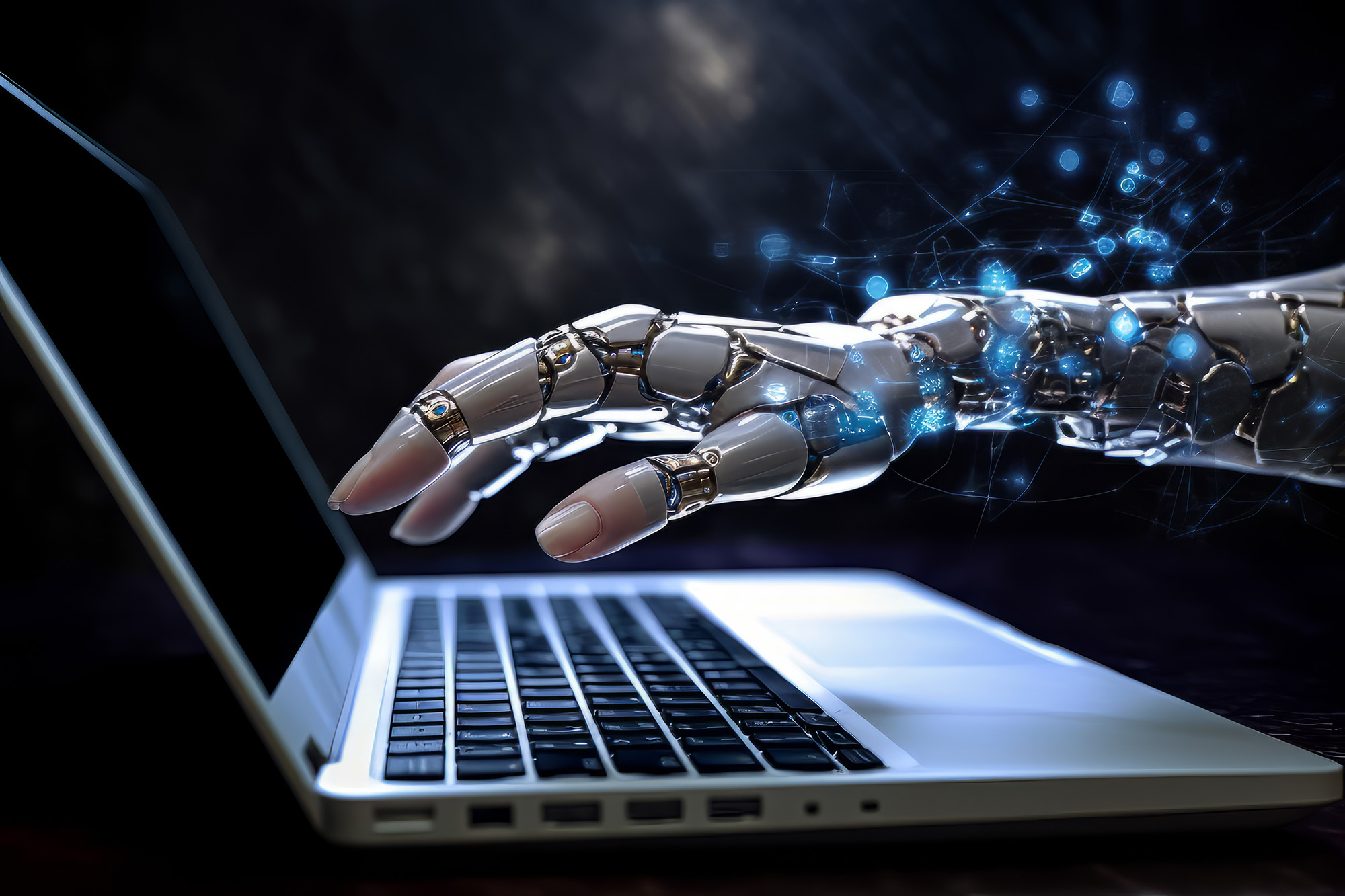Machine Learning Libraries and Frameworks: Choosing the Right Tool for Your Project

Machine Learning Libraries and Frameworks: Choosing the Right Tool for Your Project
May 8, 2024
Machine learning is deeply ingrained in numerous industries, from healthcare to finance. This system enables computers to learn patterns from data and make decisions. We can’t make machine learning work without some specific tools and libraries, reducing development time and ensuring an efficient model deployment. But now, it remains a question: how to choose the right tool for my project? That is one of the questions we are going to cover in this article. Jump on board!
The Beginning of Machine Learning
The concept of machine learning appeared, for the first time, in the 50s, with the development of AI and algorithms for training models based on data. We had to wait more than three decades for the rise of learning libraries as we know them today, which provided a system based on various tools and frameworks.
One of the earliest machine learning libraries was the Statlib library, developed at Carnegie Mellon University in the 1980s. It provided tools for statistical analysis and machine learning, including support for decisions and neural networks, a model that makes decisions similar to the human brain.
How do Neural Networks work?
They are, sometimes, called artificial neural networks (ANNs) or simulated neural networks (SNNs), which are subsets of machine learning. Neural networks, processes that mimic biological neurons’ behaviour and associations, rely on training data to improve their accuracy over time. Once that objective is accomplished, it’s all set to use the full capacity of this tool in computer science and artificial intelligence.
They consist of interconnected nodes called neurons, organised in layers, with the capability of performing calculations. The network receives input data, processes it through layers of neurons, and produces an output.
Delving into Machine Learning Procedures
Machine Learning is a branch of AI that focuses on developing algorithms, models, and computational procedures to solve a problem.
In the realm of data science, an algorithm is a precisely defined and logically structured set of computational instructions designed to process and analyse data, extracting meaningful insights or making predictions.
Machine Learning Libraries
Choosing the right tool for a machine learning project is essential once impacts the project’s success. Therefore, it’s indispensable to understand and evaluate every available option, based on which specific scenario.
Dealing with algorithms can be challenging due to their complexity, so machine learning libraries emerged as the perfect bridge between mathematical equations and practical implementation. One of the key elements behind its success is the wide range of pre-built functions and algorithms that facilitate the application of machine learning models.
Popular Machine Learning Libraries
There are many different machine learning libraries available, each with its strengths and capabilities, so it is important to choose the right library for your project.
TensorFlow
An open-source machine learning framework, developed in 2015 by Google Brain, is known for its flexibility. It is equipped with intuitive and comprehensive tools for building and deploying machine learning models across various platforms, such as desktops, mobile devices, and the cloud. One of the biggest advantages of TensorFlow is its open-source community of developers, data scientists, and data engineers who contribute to a repository.
PyTorch
Dynamic computation graphs and user-friendly interfaces are two strong components of this product developed by Facebook’s lab. PyTorch is widely used for deep learning research and has strong community support. This tool is mainly utilised for applications using GPUs and CPUs.
Scikit-learn
It’s a popular machine-learning library for Python and offers simple and efficient tools for analysing purposes. Scikit-learn provides numerous options of algorithms for classification – like regression, clustering, dimensionality reduction, and model evaluation. Scikit-learn is used by data scientists, machine learning engineers, researchers, and developers across various industries.
Caffe
Berkeley Vision and Learning Center (BVLC) built a speedy and efficient neural networks training tool, for image classification and other computer vision tasks. Caffe can process over 60M images per day. This tool is important for the community because it powers academic research projects, startup prototypes, and many others.
Machine Learning Framework: What to Consider
When the moment to choose a machine learning system arrived, numerous aspects presented themselves to be carefully considered.
Each project has specific constraints, such as data size, computational resources, and deployment environment. That is why businesses should be aware of those requirements and choose a library that matches the project’s objectives and handles the tasks.
Scalability is a critical factor in modern machine-learning projects. Businesses must evaluate a framework’s scalability capabilities to ensure that can handle increasing volumes of data without compromising performance. The analysis extends to assessing, for instance, distributed computing support, parallel processing capabilities, and efficient resource utilization. Additionally, to guarantee optimal performance, performance metrics such as training time, inference speed, and model accuracy need to be scrutinized.
The ability to customize algorithms, models, and pipelines is an essential condition to adapt to evolving challenges. Machine learning frameworks offer flexibility through libraries, APIs, and support for custom implementations.
Machine Learning Increasing Investment
Tech companies are significantly increasing their investment in artificial intelligence (AI) and, consequently, machine learning. It isn’t a coincidence that AI is considered a top priority for 83% of organisations’ business processes worldwide, while 42% of businesses reported that they plan to use AI in the future.
According to IDC, worldwide spending on AI systems is expected to reach 110 billion American dollars in 2024, with a compound annual growth rate of 18.8% from 2019 to 2024, and is expected to grow by 36.8% from 2023 to 2030.
We hope to have contributed to a more profound understanding of the importance of using machine learning frameworks that can fit properly into your business. If you want to discover the several possibilities of digital transformation, click here, and explore our website to see how we can help your business thrive!